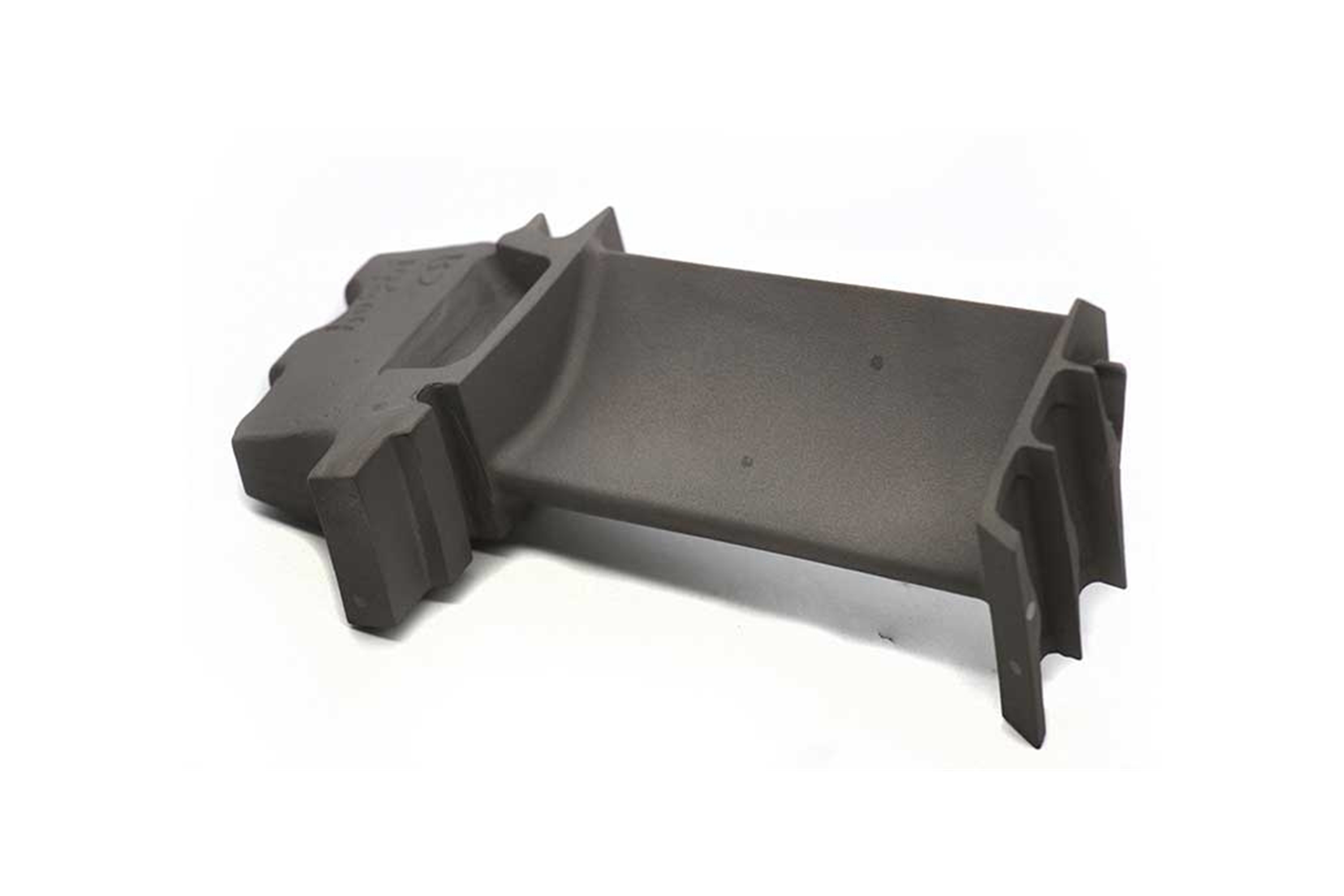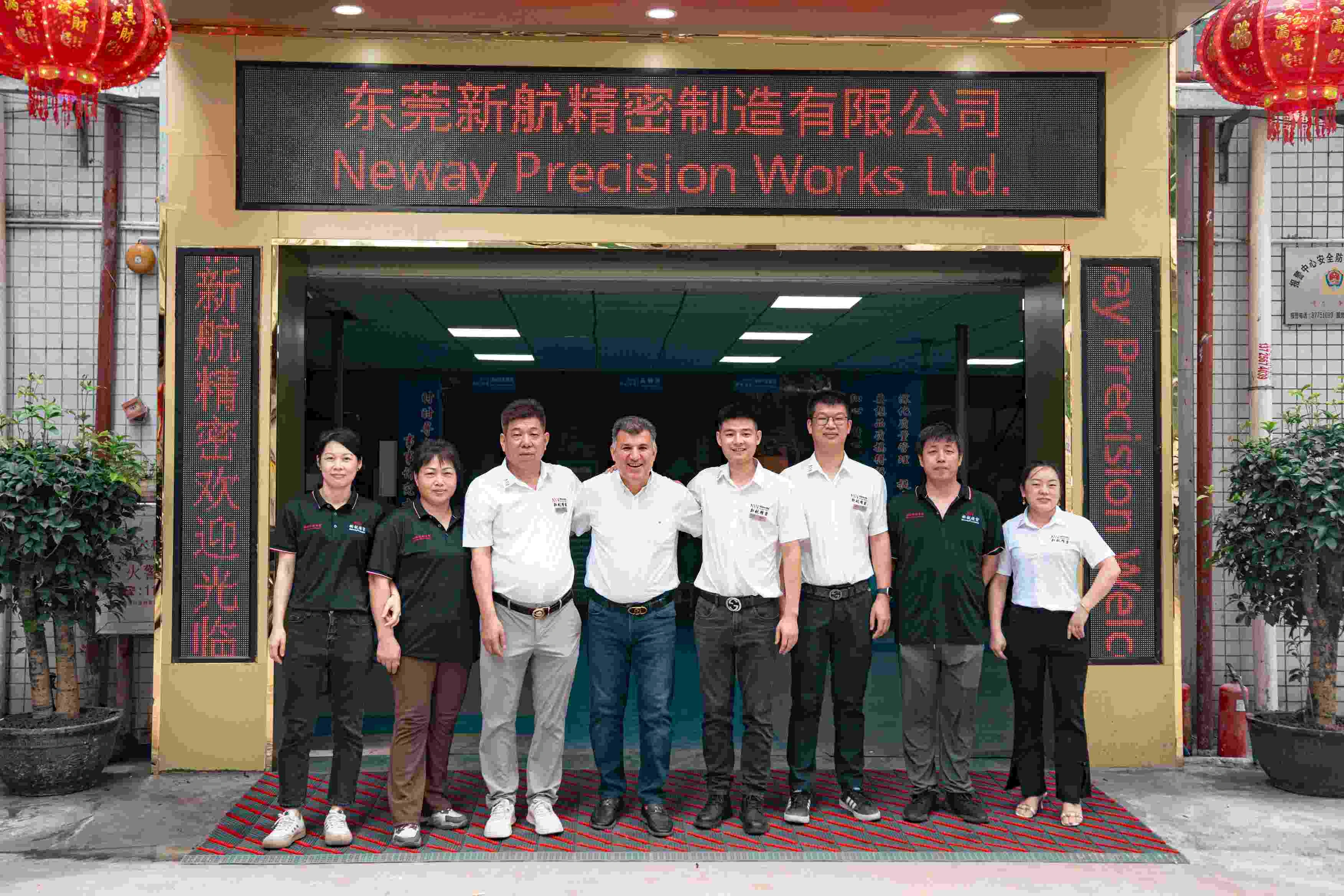Superalloy Vacuum Investment Casting Aerospace Components
Introduction
Superalloy vacuum investment casting is a highly precise manufacturing process extensively employed in the aerospace industry to produce complex, high-performance components. At Neway AeroTech, advanced vacuum investment casting technologies ensure the production of aerospace components with precise dimensional accuracy (±0.05 mm), exceptional metallurgical purity, and superior mechanical properties capable of withstanding operating temperatures up to 1200°C.
Utilizing nickel-based superalloys such as Inconel 718 and Rene N5, our components meet stringent aerospace quality standards (AS9100, NADCAP), enhancing performance and reliability in demanding aviation applications.
Core Technology of Superalloy Vacuum Investment Casting
Precision Wax Pattern Formation: Injection of wax into precision-machined molds, replicating aerospace part geometries with tight dimensional accuracy within ±0.02 mm tolerance.
Ceramic Shell Mold Creation: Multiple layers (typically 6–8) of ceramic slurry and refractory sand applied to wax patterns, building robust molds capable of withstanding high casting temperatures (~1450°C).
Controlled Dewaxing Process: Autoclave dewaxing at precise temperatures (150°C) ensures complete wax removal without affecting mold structural integrity or dimensional stability.
High-Temperature Mold Firing: Ceramic molds are fired at approximately 1000°C to eliminate residual contaminants, achieve optimal strength, and stabilize mold dimensions.
Vacuum Melting of Superalloy: Alloy melting under high-vacuum conditions (10⁻³ Pa) at temperatures around 1450°C ensures metallurgical purity, precise chemical composition, and minimal impurity inclusion.
Controlled Casting and Solidification: Precise control over the casting environment and solidification rate ensures fine-grained microstructures (grain sizes typically ≤1 mm), optimizing mechanical properties.
Shell Removal and Cleaning: Careful mechanical and chemical removal of ceramic molds, preserving the intricate geometries and surface finishes (Ra ≤1.6 μm) required for aerospace components.
Post-processing and Inspection: Comprehensive heat treatments, precision CNC machining, and detailed quality inspections (CMM, X-ray inspection) ensure compliance with aerospace standards.
Material Characteristics of Aerospace Superalloys
Common superalloys utilized in vacuum investment casting include:
Inconel 718: Tensile strength: ≥1240 MPa; Operating temperature: up to 704°C; Superior fatigue and creep resistance.
Rene N5: Operating temperature: up to 1150°C; exceptional creep rupture life (>1000 hours at 1100°C, 137 MPa).
IN713LC: High creep strength (>200 MPa after 1000 hours at 760°C); corrosion and oxidation-resistant.
CMSX-4 (Single Crystal): Superior single crystal properties; tensile strength: ≥1200 MPa at elevated temperatures (~1100°C).
Aerospace Applications and Common Components
Typical aerospace applications include:
Gas Turbine Blades and Vanes: Highly durable, thermally resistant components operating continuously above 1000°C.
Engine Structural Components: High-strength, corrosion-resistant structural supports, and housings, demanding precise geometries and weight reduction.
Turbine Nozzle Segments: Complex geometries designed for maximum aerodynamic efficiency and thermal management.
Combustion Chambers and Liners: Heat-resistant parts that manage combustion environments exceeding 1200°C.
Manufacturing Challenges and Solutions
Challenges:
Maintaining tight dimensional tolerances of ±0.05 mm on complex aerospace components.
Minimizing defects such as microporosity and shrinkage voids.
Achieving consistent mechanical properties and microstructure uniformity.
Meeting rigorous aerospace standards for quality, performance, and reliability.
Solutions:
Precision wax patterns and meticulous mold design ensure accurate dimensional replication.
Vacuum melting under tightly controlled environments eliminates impurities, significantly reducing casting defects.
Advanced solidification techniques precisely control grain structures and minimize internal stresses.
Comprehensive inspections and rigorous testing protocols (e.g., ultrasonic, X-ray, dimensional CMM checks) guarantee compliance with aerospace certifications.
Case Study: Vacuum Investment Cast Aerospace Turbine Blades
Project Background
Neway AeroTech supplied precision vacuum investment cast turbine blades made of CMSX-4 single crystal alloy to a leading aerospace engine manufacturer. The project required extremely tight dimensional accuracy, high fatigue resistance, and exceptional creep strength for high-performance commercial jet engines.
Component Selection and Structural Features
Key structural features:
Single crystal structures, eliminating grain boundaries for improved fatigue and creep resistance.
Integrated cooling channels precisely formed via advanced Electrical Discharge Machining (EDM).
Aerodynamically optimized profiles finalized with CNC machining accuracy (±0.02 mm).
Manufacturing Process Steps
Precision wax pattern production, ensuring dimensional accuracy.
Robust ceramic shell formation, suitable for high-temperature casting.
Vacuum melting and casting of CMSX-4 alloy for high purity and controlled solidification.
Directional solidification to achieve defect-free single crystal structure.
Post-casting heat treatments (solution treatment, aging) enhancing mechanical properties.
Advanced CNC machining, ensuring final precision aerodynamic shapes.
Comprehensive internal EDM for precise internal cooling structures.
Detailed inspection and validation (X-ray, ultrasonic, CMM dimensional verification).
Results and Verification
Single crystal orientation confirmed defect-free by advanced X-ray inspections.
Mechanical property verification exceeding aerospace standards: tensile strength ≥1200 MPa.
Verified dimensional tolerances maintained within ±0.02 mm consistently across batches.
Fatigue testing demonstrated turbine blade lifespan exceeding 100,000 operating cycles.
FAQs
What advantages does vacuum investment casting offer for aerospace superalloy components?
Which aerospace components are typically manufactured using vacuum investment casting?
How does Neway AeroTech ensure dimensional accuracy in aerospace castings?
What inspections confirm the integrity of vacuum investment cast superalloy parts?
Which superalloys are most commonly used in aerospace vacuum investment casting?

